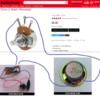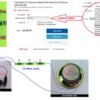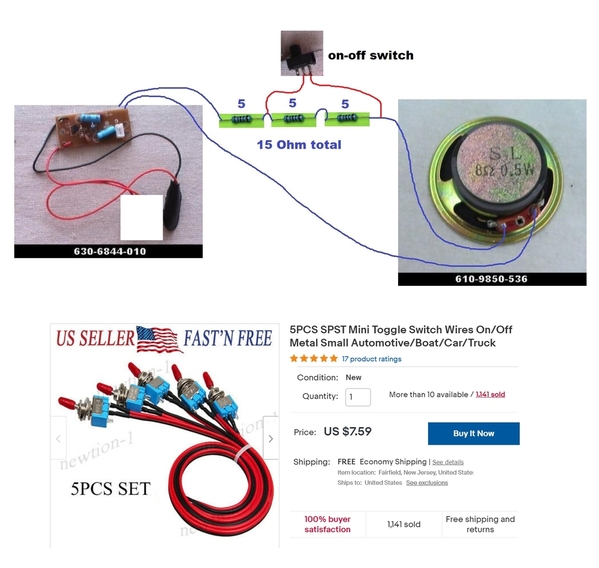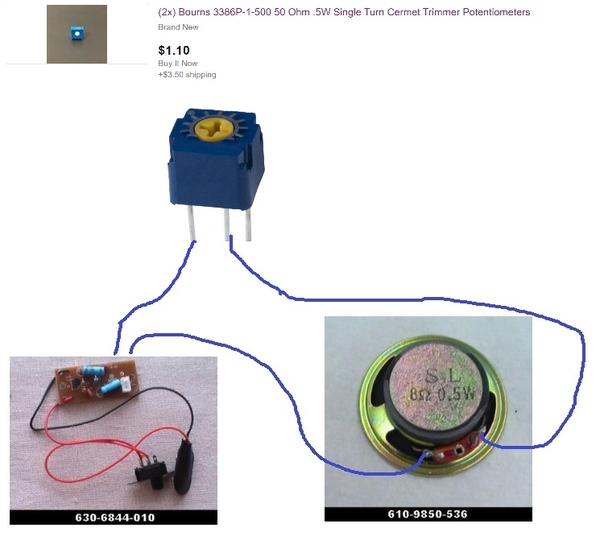...Is there a volume pot that could be spliced in for each sound generator?
I find the sound louder than I expected. If I could dial it down a bit it would be ideal.
Can the sound be lowered without a loss in sound quality? Or would it be an increase in static with lowered sound.
Adjusting the fixed volume of a layout accessory comes up fairly often. For example, in this Mel's Diner OGR thread a potentiometer is spliced in. This is a Radio Shack part that is apparently no longer available but if this is the route you want to go we can track down an available alternative. When all said and done it might be in the $5-10 range. The idea of course is the potentiometer (aka variable-resistor, rheostat) steals some of the voltage going to 8 Ohm speaker. So if you adjust the 25 Ohm pot to 8 Ohms, it will steal 1/2 the power which amounts to a 6 dB reduction in volume.
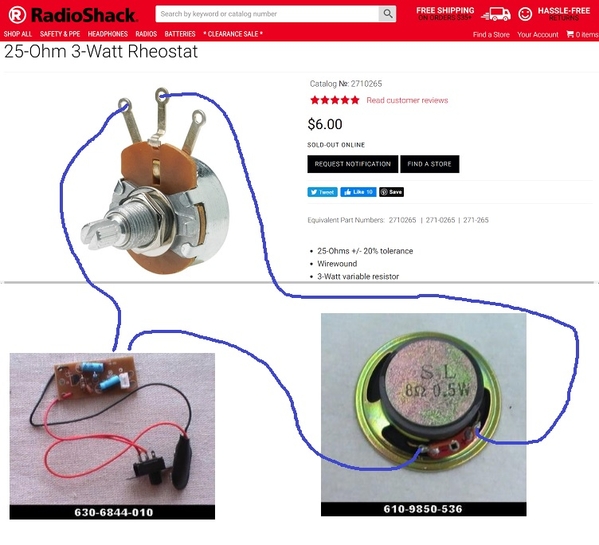
Alternatively, since this might be a one-and-done adjustment, you could buy a handful of fixed-value resistors and likely same some money.
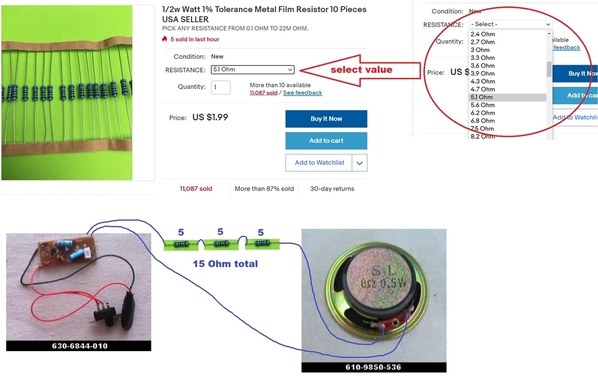
Let's say you have some 5 Ohm resistors (10 for $2 on eBay w/free shipping from a US Seller). Splice in 1 between the sound board and the 8 Ohm speaker and you get a ~4 dB reduction. Splice in, say, 3 (as shown) totaling 15 Ohms and you get a ~9 dB reduction. Splice in 5 totaling 25 Ohms and you get a ~12 dB reduction. ~12 dB would be the maximum reduction from the 25 Ohm potentiometer.
Of course the rub is knowing how many dB of reduction you need. You'll know it when you hear it but that's not much help in ordering parts! It's hard to know what a dB is but if you have a TV with a bar-graph volume adjustments, each bar is typically around 1 dB.
Reducing volume in this manner will not affect fidelity/distortion.
If you're only looking for a small reduction you might try dialing down the voltage out of the AC-to-DC converter to, say, 8V output. You'd think a 9V gadget should still operate at 8V and in most simple sound circuits this will reduce output volume by ~1 dB. If the gadget still operates at 7V, this should effect a ~2 dB reduction. Reducing volume in this manner may affect fidelity/distortion but then again it costs nothing to try!








